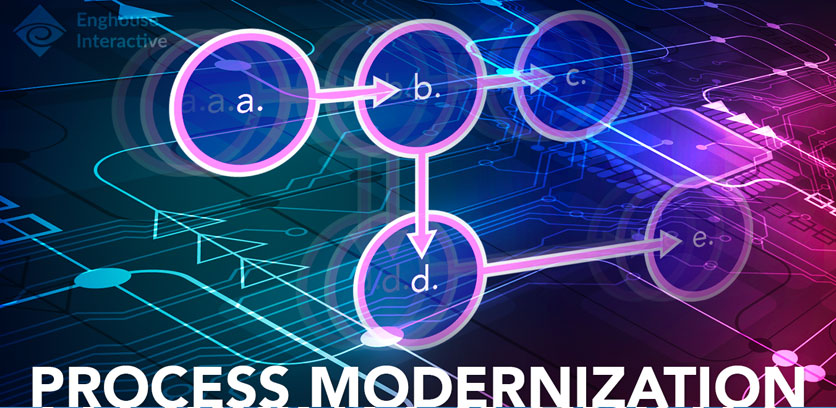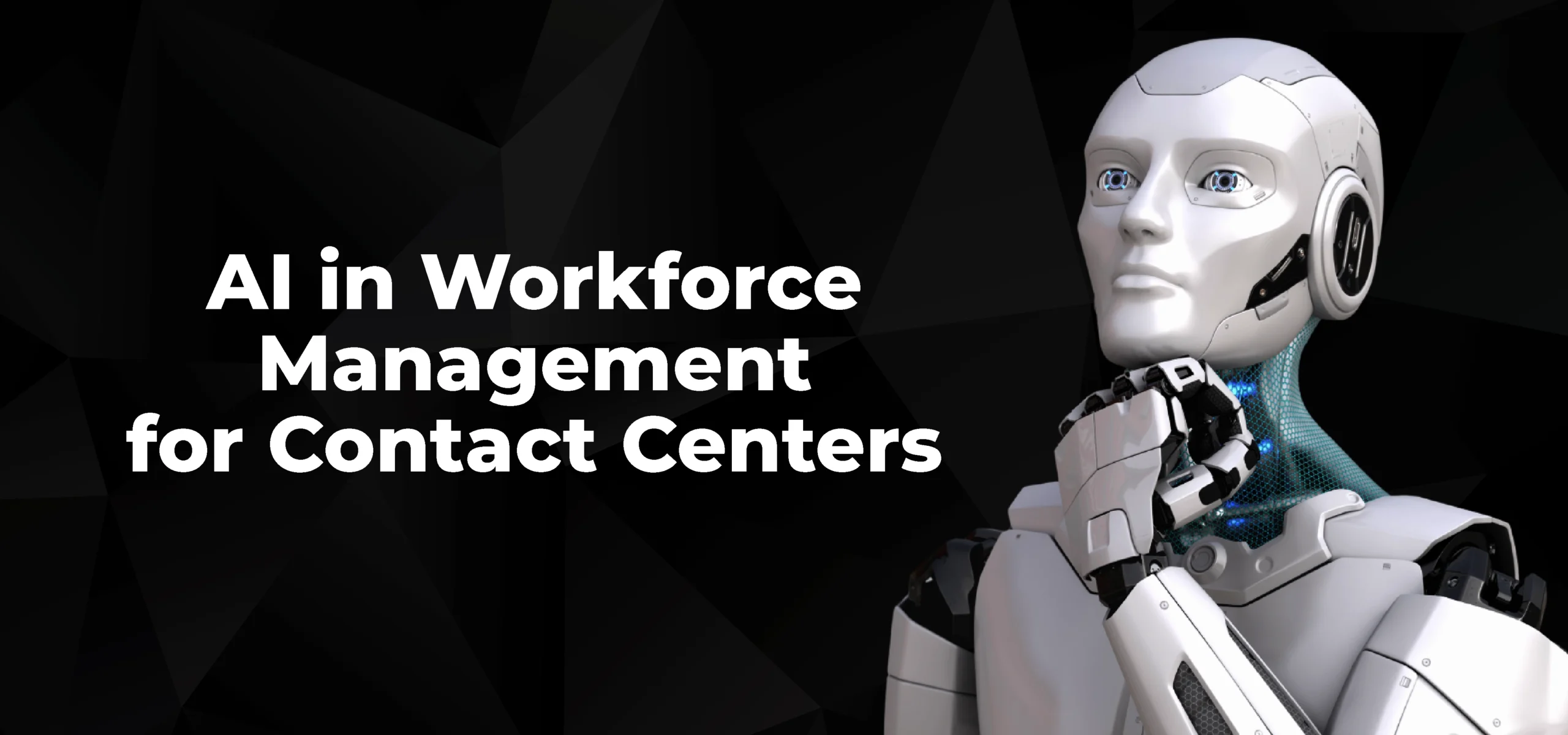
What’s your reason for moving to the cloud?
December 21, 2023
Identity Verified in 3 Seconds
December 21, 2023The battle for the best client/member experience is already underway and Financial Services (FSI’s) and Credit Unions must have a firm handle on it to ensure their continued relevance. This means that they must redefine the way they engage with their clients and members, remove departmental silos, and adopt a comprehensive omni-channel approach.
But how?
By creating a comprehensive experience with end-to-end capabilities which can be mixed and matched to integrate and optimize any communication channel, method, or media. Fundamentally, they must simplify and accelerate information flow.
If clients/members expect increased flexibility at the front end, then the underlying system architecture and processes used to serve their clients/members must be agile enough to provide it.
Open Standards are a Key Enabler
The reality is that inflexible, proprietary, or closed legacy systems and their supporting processes are hampering digital transformations, as those older approaches result in significant impediments to their ability to innovate. The processes underpinning legacy systems are also exceedingly costly when considering the human resources required to sustain them, along with the typical staff push-back when trying to make changes. Generally, organizations have found that trying to make changes to unwieldy legacy processes can be very unpredictable, with many surprises even when they’re mapped out in great detail – both upstream and downstream. This potentially places customer data at risk.
The emerging industry norm – as defined by the most agile fintech and big techs – is to use highly flexible open-standards-based systems that enable new functionality and capabilities to be shared across diverse platforms and applications while leveraging standardized processes and protocols.
Process Agility is enabled through Technology
These newer digital platforms enable the deployment of advanced features, quickly and efficiently. With the right infrastructure in place, they are typically powerful enough to deliver capabilities that help exceed customer expectations with minimal operational upheaval. They can be quickly and easily deployed and scaled at will. With a modular architecture in place, FSI’s and Credit Unions can innovate their services in the same way – fast and in line with customer needs and expectations.
New communications technologies being added to omni-channel contact centers – especially Artificial Intelligence (AI) solutions – leverage this approach. AI provides the ability to extract insight from each touchpoint along the customer journey. This insight can be used to identify what needs to be done, and how to improve the way clients/members are served, along with how best to eliminate delays and impediments when dealing with and resolving recurring issues.
For exceptional cases, customer interactions can be assessed to determine what processes and strategies can be put in place to ensure that exceptions can be treated consistently and successfully over time. It’s all a question of how, and when does the organization chooses to transform its capabilities.
Test Quickly and Optimize
In line with an increased capacity to innovate, new technologies and the process flexibility they bring can enable FSI’s to rapidly test how they treat their clients/members. By adopting this approach small incremental changes can be quickly developed, implemented, and evaluated. Then they can continuously introduce new features focused on improving the customer experience, while the organization accumulates more comprehensive and insightful data with which to better understand how to engage and serve their clients/members.
Cloud-Based Contact Centers AKA Contact Center as a Service (CCaaS)
Contact Centers have evolved along with other digital technologies, increasing operational flexibility to quickly respond to their more demanding customers. With customer engagement now being driven by the consumer market and mobile device-based applications “instantaneous” response is now the expectation – whether in terms of getting access to the information they want, being able to update or modify their customer profiles and/or orders, to being able to access empowered agents that have the skills and authority to make things right, no matter what the issue.
The data generated at each touchpoint in the customer journey can then be used to develop and deliver self-service capabilities that can accelerate the resolution of the customers’ issues. By aggregating and analyzing each customer-agent engagement, the organization can see what the most common issues are, what a satisfactory resolution is, and whether there are any subsequent customer calls on the same issue.
When this is understood, additional technologies and processes can be put into place to provide customers with relevant information before they need to contact a live agent. This approach helps increase customer satisfaction and minimizes the impact of repetitive basic tasks.
The use of cloud-based contact center solutions simplifies the organization’s ability to ensure that processes (and the customer data it generates, while being well protected i.e. ISO 27001 Certified ) flow smoothly to other applications and processes to help quickly meet customer service expectations.
The Game-Changer: UCaaS / UC
As mentioned in the first blog in this series, enhancing communications and collaboration has been proven to be one of the most significant improvements that can be made by organizations trying to improve their client/member experience.
By enabling seamless collaboration across the contact center and the whole organization, front-line staff in the branch, at the office, or remotely deployed contact center agents, can quickly resolve customer needs with subject matter experts (SMEs), colleagues, back-office support staff, department heads, etc. to effectively and efficiently resolve client/member issues on the first call – reducing aggravation and stress.
This is transformational. With digital technologies, all the right data can be immediately made available to agents to help them make informed and relevant decisions. At the same time, providing agents with the authority to make decisions that help resolve customer issues, will deliver a better experience to all parties, while rationalizing the issue resolution process, simplifying or even eliminating the need for unnecessary ‘escalation’ processes, reducing wasted time. Modifying processes with this in mind provides agents with more latitude to do the right thing for their customers, leading to higher overall job satisfaction.
The Moment of Truth
An additional element to address is the need to ensure that FSI’s and Credit Unions develop and actively maintain their websites to ensure that they provide the information that clients/members are actively looking for and that the level of information provided is detailed enough to inform, educate, and provide assurances that dealing with the organization is safe and secure. By integrating live-chat, SMS, social media, or video, website users can securely engage with contact center agents to get more specific information, access detailed pricing, or even trigger an order. Not offering these customer engagement capabilities ensures that website visitor expectations are not met, and they will go elsewhere… and in ever-increasing numbers, even if they have been longstanding customers.
Lesson Learned: Technology’s Positive Impact on Process
More flexible technologies enable older, manual, and rigid processes – with checkpoints, review, and authorizations required at every step – to be simplified, made more flexible, and easily optimized.
Building specific business rules into each new process, with reviews and revisions regularly undertaken, ensures that customer engagements flow smoothly, efficiently, and effectively across the organization, by automatically applying them at every step of the technology-enabled new process flow:
This benefits customers through quicker access to information they need, resulting in improved first call resolution, shorter average hold time (AHT), improved Customer Satisfaction (C-Sat), and Net Promoter Scores (NPS).
This benefits agents by enhancing existing processes without adding more onerous requirements, enabling agents to be granted the latitude and authority to make customer-centric decisions that benefit all parties. This also enables instantaneous access to key decision-makers when an exceptional situation needs authorization for deviation from the well-established embedded business rules.
This benefits the organization, its agents, and customers as all digital communications flows are captured, analyzed, indexed, and stored, ensuring that all parties have a clear unbiased, and certified record of all communications – voice, video, text, social media – with the clear confirmation of any decisions taken. Any question as to what transpired, how, and why can be quickly reviewed and confirmed using this objective information.
It’s a clear win-win for all.
The lesson learned: By adopting more flexible technologies and the process improvements they deliver, FSI’s and Credit Unions can better compete for client/member loyalty by iteratively optimizing their collaboration, communications, and customer engagement capabilities where and how they matter most. Processes are no longer static, they become as dynamic as the customers they serve, benefiting from technologies that constantly improve… with each new release.




